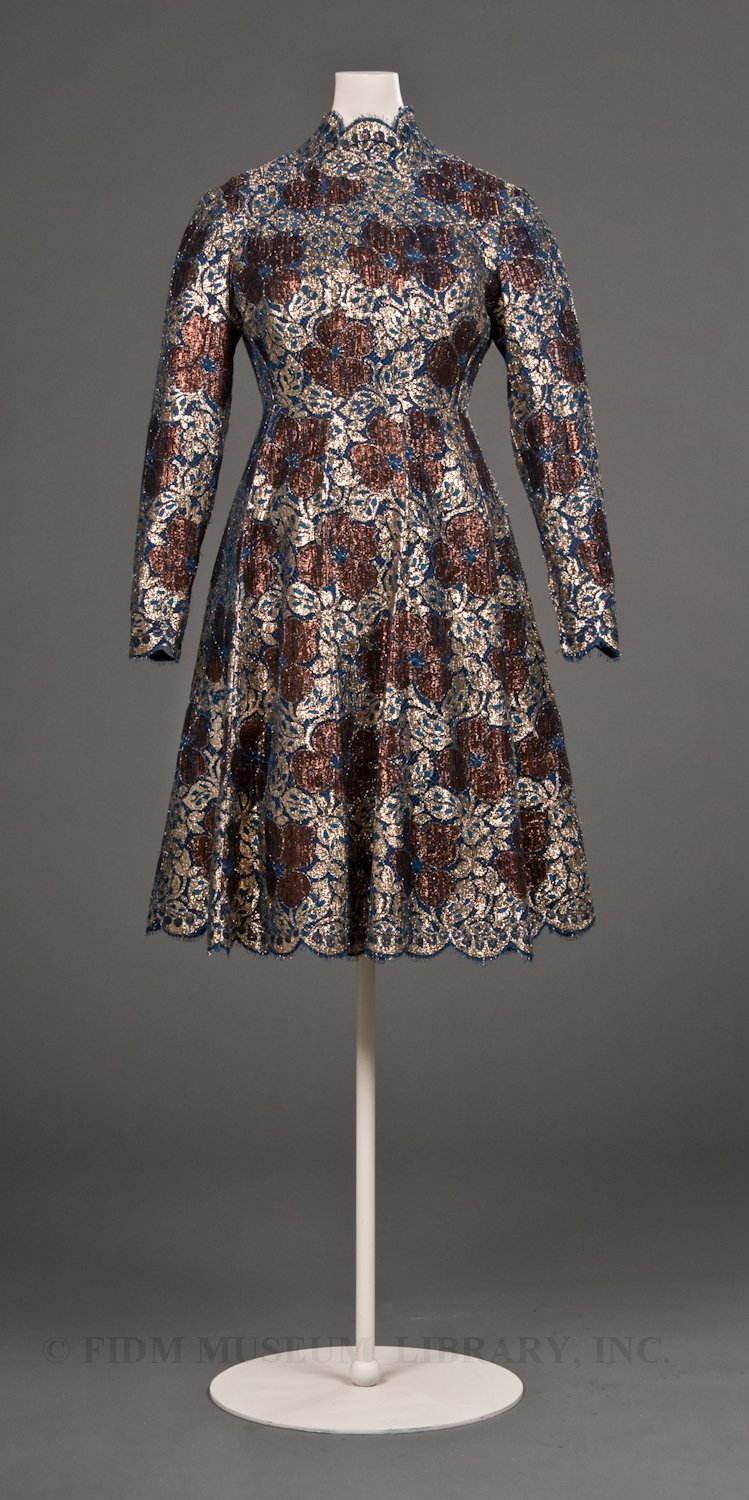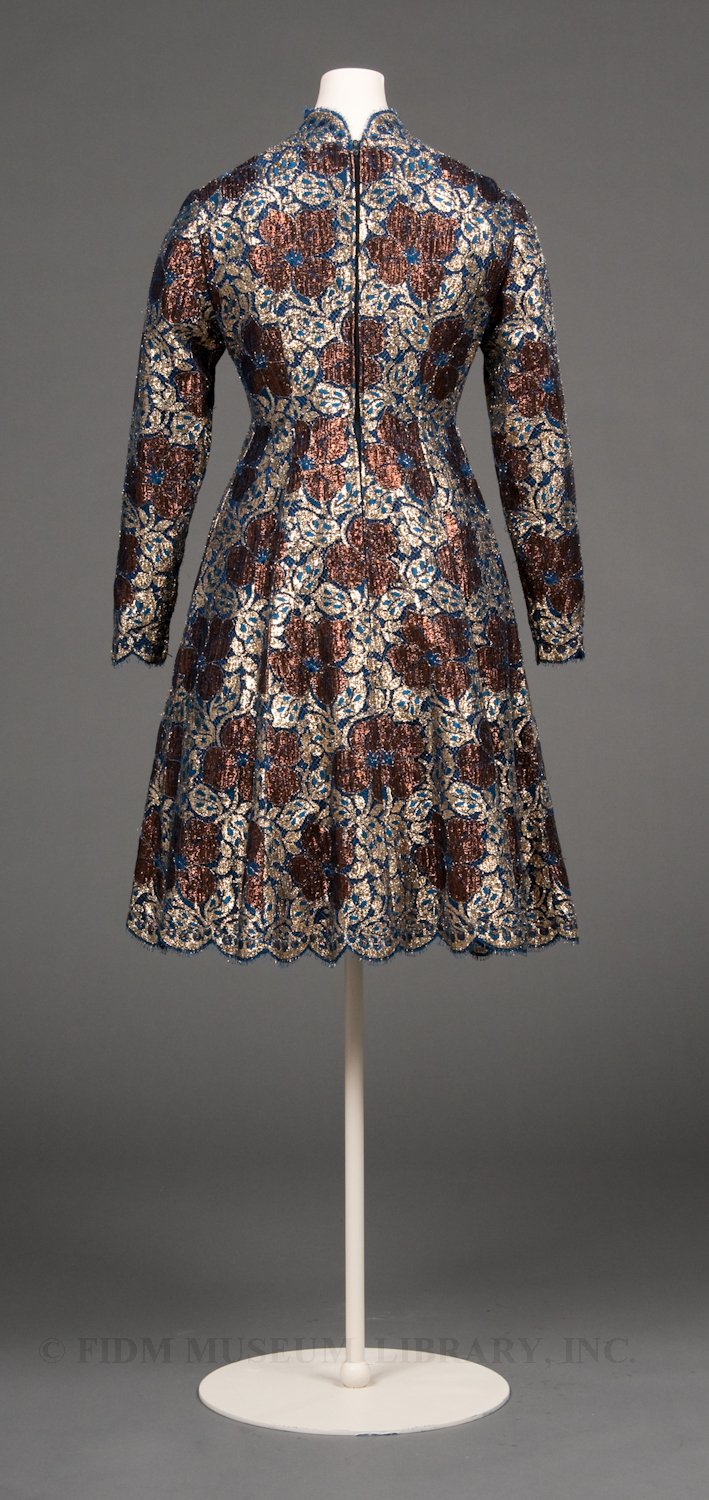The French Flair of Pauline Trigère
Born in Paris to a tailor and a dressmaker, Pauline Trigère (1912-2002) was destined for a career in the fashion industry. Her first job was as a trainee cutter for the haute couture house Martial et Armand in the Place Vendôme. But the rise of Hitler convinced Trigère, who was Jewish, to leave France with her young family. They arrived in New York on the S.S. Normandie in 1937. "We had planned to stop in New York only briefly on our way to Chile, but we took a double-decker bus ride from 57th Street to 34th Street," Trigère recalled decades later. "On the way, I got a look at the dummies in the store windows. They were showing copies of Paris dresses, and I knew I could do that--probably better."1 Trigère worked for Hattie Carnegie before opening her own Seventh Avenue fashion house in 1942, dressing clients including Claudette Colbert, Lena Horne, and the Duchess of Windsor.
 Pauline Trigère
Pauline Trigère
c. 1970
Gift of Clarissa Dyer
2003.794.19
You could take the designer out of Paris, but you couldn't take Paris out of the designer. At 5'4", with her thick Gallic accent and trademark red lipstick, Trigère was almost a caricature of an imperious Frenchwoman. She refused to sketch, instead draping her designs using traditional couture techniques. Cut and fabric were more important than ornamentation; as the New York Times noted, "her designs could be plain to the point of abstraction, but in a good way."2 Trigère continued working into her 80s, wining three Coty Awards and a Lifetime Achievement Award from the Council of Fashion Designers of America, before finally closing her business in 1994.
In typical Trigère fashion, this princess-seamed cocktail dress of metallic lace is both bold and ladylike. The pattern of the lace is echoed in the scalloping at the neck, cuffs, and hem, and there are zippers at both cuffs to ensure a perfect fit.
1Jewish Exponent, December 29, 1995, p. 54.
2T Magazine, February 28, 2011.
